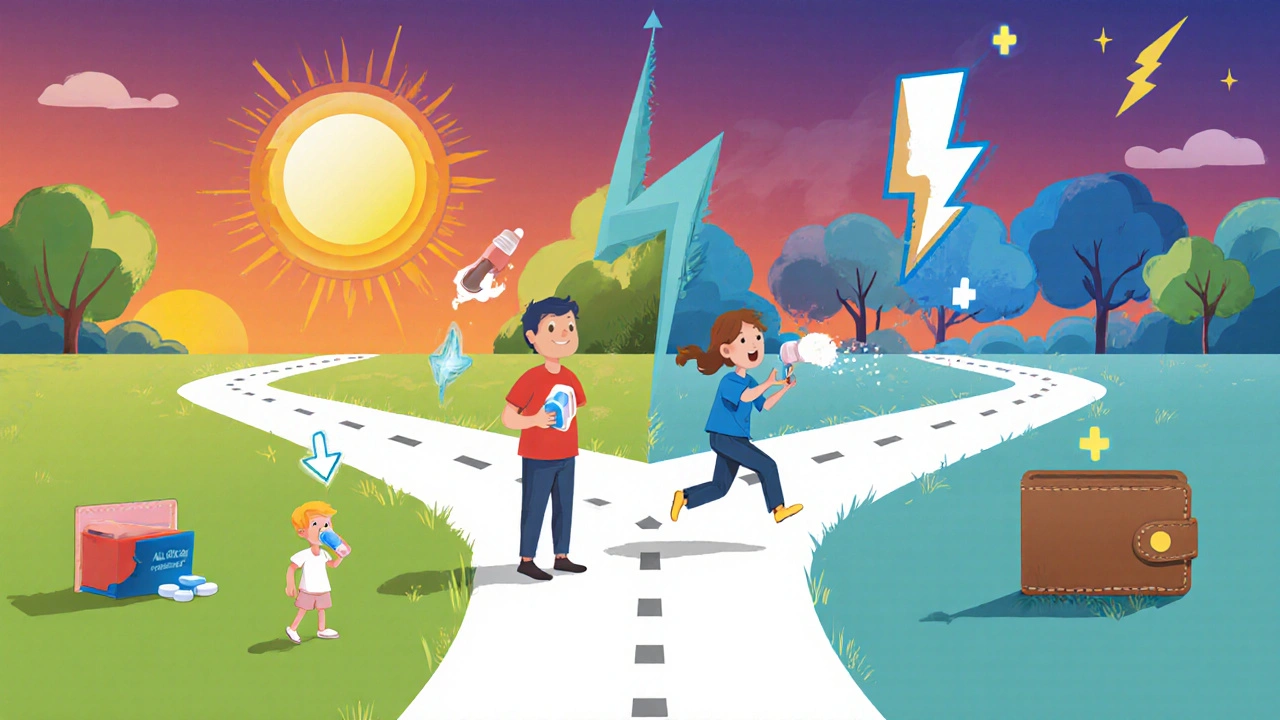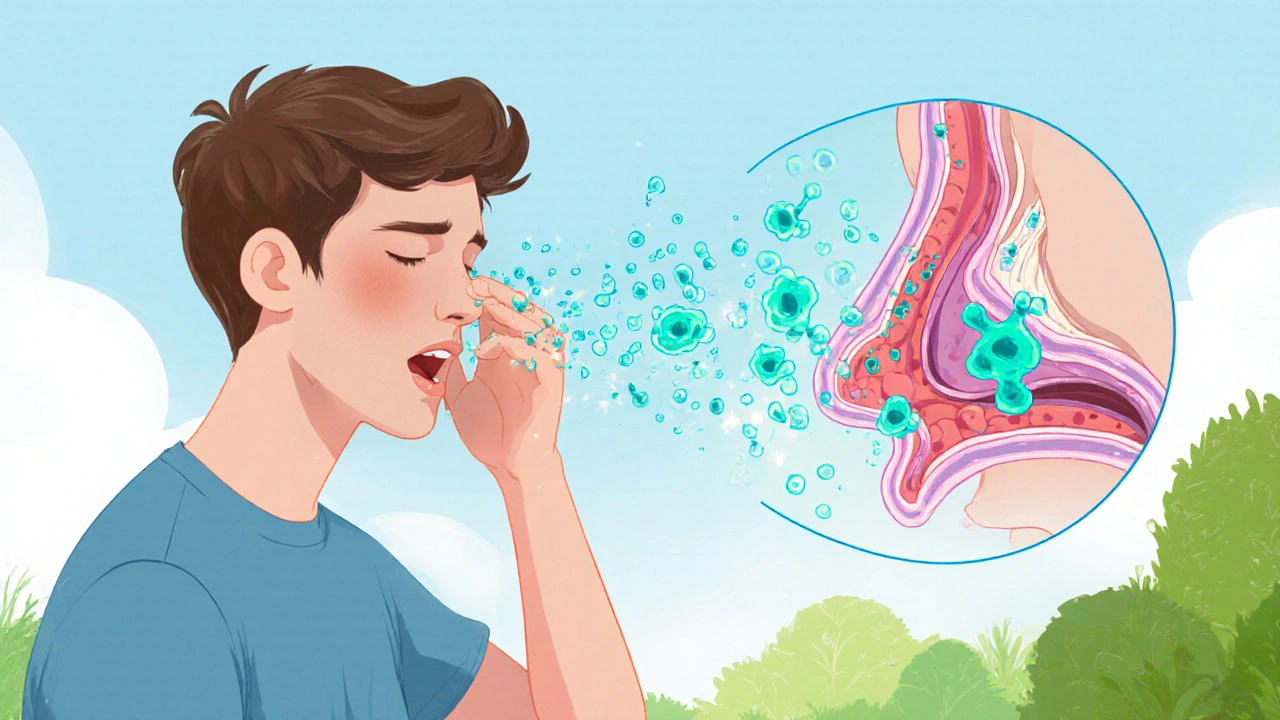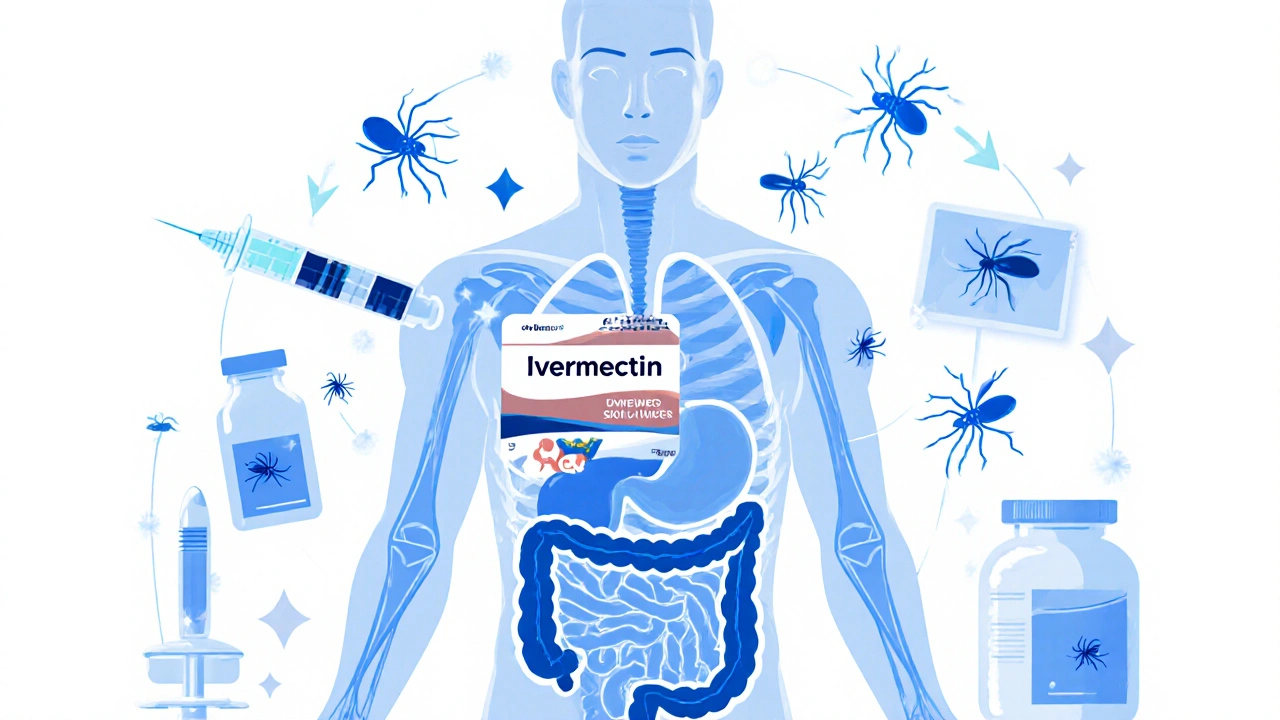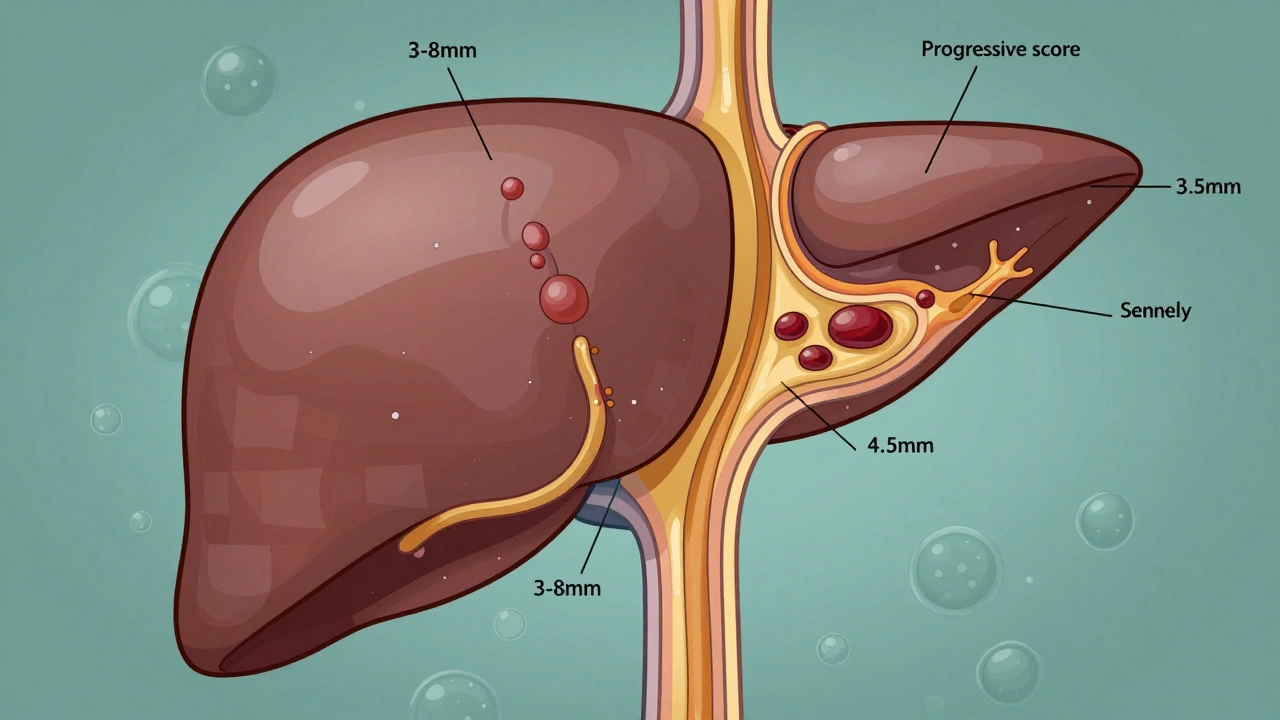Quick Takeaways
- Claritin (loratadine) provides 24‑hour, non‑sedating relief for most seasonal allergies.
- Second‑generation antihistamines like Zyrtec and Xyzal are similarly non‑sedating but differ in onset speed and price.
- First‑generation options such as Benadryl work fast but cause significant drowsiness.
- Nasal corticosteroids (e.g., Fluticasone) address inflammation, not just histamine, and are best for persistent symptoms.
- Choosing the right medication hinges on age, symptom severity, timing, and personal tolerance for side effects.
When allergy season hits, most people reach for the same over‑the‑counter pill without asking whether a better match exists. Claritin (the brand name for loratadine) is a popular choice, but the market is packed with alternatives that differ in speed, how long they last, and whether they make you sleepy. This guide breaks down the science, compares the top contenders side‑by‑side, and gives you a simple decision map so you can pick the drug that actually fits your needs.
What antihistamines do and why they matter
All allergic reactions start when the immune system releases histamine into the bloodstream. Histamine binds to receptors in the nose, eyes, and throat, causing itchiness, watery discharge, and swelling. Antihistamines block these receptors, preventing the cascade of symptoms.
Antihistamines fall into two generations. First‑generation agents (like diphenhydramine) cross the blood‑brain barrier easily, leading to sedation and anticholinergic side effects. Second‑generation drugs (loratadine, cetirizine, fexofenadine, levocetirizine) are designed to stay out of the brain, delivering relief without the drowsy feeling for most users.
Claritin (Loratadine) - the baseline
Claritin (Loratadine) is a second‑generation, nonsedating antihistamine approved by the U.S. Food and Drug Administration (FDA) for adults and children 2 years and older.
- Active ingredient: loratadine 10 mg (adult tablet)
- Onset of action: 1-3 hours
- Duration: up to 24 hours per dose
- Common side effects: mild headache, dry mouth, rare drowsiness
- Prescription status: OTC in the United States
- Typical price (2025): $12‑$15 for a 30‑tablet bottle
Because it works all day with minimal sedation, Claritin is often the go‑to for people who need continuous coverage-think an outdoor marathon or a long workday with open windows.

Popular alternatives
Below are the most common OTC antihistamines and one prescription‑class option that people compare against Claritin.
Zyrtec (Cetirizine)
- Active ingredient: cetirizine 10 mg
- Onset: 30 minutes to 1 hour (fastest among second‑generation)
- Duration: 24 hours
- Sedation: low‑to‑moderate; ~10 % report drowsiness
- Price: $10‑$13 for 30 tablets
Allegra (Fexofenadine)
- Active ingredient: fexofenadine 180 mg
- Onset: 1-2 hours
- Duration: 24 hours
- Sedation: negligible
- Price: $13‑$16 for 30 tablets
Xyzal (Levocetirizine)
- Active ingredient: levocetirizine 5 mg
- Onset: 1 hour
- Duration: 24 hours
- Sedation: low (slightly higher than Claritin, similar to Zyrtec)
- Price: $14‑$18 for 30 tablets
Benadryl (Diphenhydramine)
- Active ingredient: diphenhydramine 25 mg
- Onset: 15‑30 minutes (quickest)
- Duration: 4‑6 hours
- Sedation: high; used as a sleep aid
- Price: $8‑$11 for 30 tablets
Fluticasone nasal spray (intranasal corticosteroid)
- Active ingredient: fluticasone propionate 50 µg per spray
- Onset: 12‑24 hours (requires daily use)
- Effect: reduces nasal inflammation, not just histamine
- Sedation: none
- Price: $20‑$25 for a 30‑spray bottle
Side‑by‑side comparison
| Medication | Active ingredient | Onset | Duration | Sedation risk | OTC/Prescription | Typical 2025 price (30 units) |
|---|---|---|---|---|---|---|
| Claritin | Loratadine | 1-3 h | 24 h | Low | OTC | $12‑$15 |
| Zyrtec | Cetirizine | 30 min-1 h | 24 h | Low‑moderate | OTC | $10‑$13 |
| Allegra | Fexofenadine | 1-2 h | 24 h | Very low | OTC | $13‑$16 |
| Xyzal | Levocetirizine | ~1 h | 24 h | Low | OTC | $14‑$18 |
| Benadryl | Diphenhydramine | 15‑30 min | 4‑6 h | High | OTC | $8‑$11 |
| Fluticasone | Fluticasone propionate | 12‑24 h | Daily use | None | OTC | $20‑$25 |
When to choose each option
- Daytime outdoor activities: Claritin or Allegra - they stay non‑sedating for a full day.
- Fast relief needed (e.g., sudden flare‑up): Zyrtec or Benadryl. Zyrtec offers 30‑minute onset without heavy drowsiness; Benadryl is the quickest but best saved for nighttime or when sedation is acceptable.
- Kids under 6: Claritin is FDA‑approved for children 2 years+, while Zyrtec also covers 2‑5 years. Benadryl can be used but watch the drowsy effect.
- Chronic nasal congestion: Fluticasone nasal spray - it treats inflammation directly and reduces reliance on oral antihistamines.
- Cost‑sensitive shoppers: Generic loratadine or cetirizine tablets are usually the cheapest; brand‑name versions add a few dollars.

Pros and cons at a glance
| Medication | Pros | Cons |
|---|---|---|
| Claritin | 24‑h coverage, low sedation, safe for most ages | Slower onset than Zyrtec, slightly higher price than generic cetirizine |
| Zyrtec | Fast onset, widely available, effective for severe itching | May cause mild drowsiness in a minority |
| Allegra | Very low sedation, works well with food | Requires two tablets for some children, higher price |
| Xyzal | Potent for persistent symptoms, low dose needed | Can be pricier; slight sedation for some users |
| Benadryl | Rapid relief, cheap, useful as a sleep aid | High drowsiness, anticholinergic side effects, short duration |
| Fluticasone | Targets inflammation, no systemic sedation | Needs daily use, slower onset, slightly more expensive |
How to decide: a quick decision tree
- Do you need all‑day coverage without drowsiness?
Yes → Choose Claritin, Allegra, or Xyzal. - Do you need fast onset (within an hour)?
Yes → Zyrtec or Benadryl (if you can tolerate sleepiness). - Is nasal inflammation the main problem?
Yes → Add Fluticasone nasal spray to any oral antihistamine. - Are you buying for a child under 6?
Yes → Stick with Claritin or Zyrtec; avoid Benadryl unless advised. - Is price the biggest factor?
Yes → Look for generic loratadine or cetirizine tablets.
Follow that flow and you’ll land on a medication that matches your schedule, symptom severity, and tolerance for side effects.
Tips for safe use
- Read the label for drug‑drug interactions - antihistamines can amplify sedation from alcohol or certain antidepressants.
- Never exceed the recommended daily dose; doing so won’t improve relief but raises risk of heart rhythm issues.
- If symptoms persist beyond two weeks despite daily use, see a healthcare provider - you might need prescription‑strength therapy or allergy testing.
- Store tablets at room temperature, away from moisture; nasal sprays should be kept in a cool, dry place.
Can I take Claritin and Zyrtec together?
Mixing two second‑generation antihistamines isn’t recommended because it doesn’t improve effectiveness and may increase side‑effects like headache. If one drug isn’t enough, talk to a doctor about adjusting the dose or adding a nasal corticosteroid.
Is Claritin safe during pregnancy?
Loratadine is classified as Pregnancy Category B by the FDA, meaning animal studies have not shown risk but there are limited human studies. Many clinicians consider it acceptable when allergy relief is needed, but always check with your obstetrician first.
How long does it take for Fluticasone to start working?
Most users notice a reduction in nasal congestion after 12‑24 hours of consistent twice‑daily use. Full anti‑inflammatory benefits may take 3‑5 days, so patience is key.
Can children take Benadryl for daytime allergies?
Benadryl works quickly but its sedating effect often makes it unsuitable for daytime school activities. It’s better saved for nighttime itching or short‑term use under pediatric guidance.
Do antihistamines lose effectiveness over time?
Tolerance is rare with second‑generation antihistamines, but some people develop a perceived reduction in benefit if they switch brands. Rotating to a nasal spray or adding an eye drop can restore relief.








9 Comments